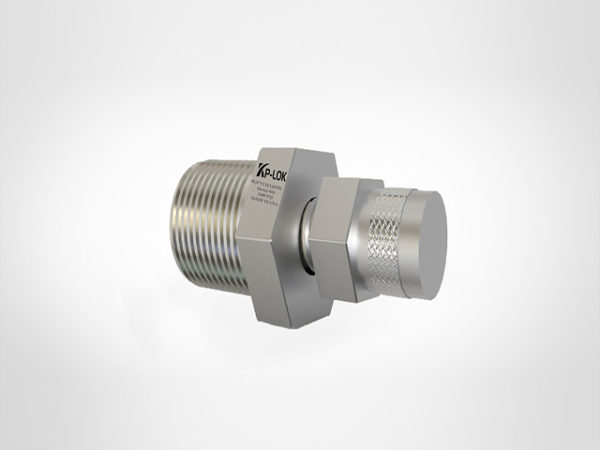WHAT ARE THE DIFFERENT ANSI CLASSES FOR
VALVES?
When it comes to buying or using a valve, it is quite important to
know the different standard ANSI classes of valves. But before going into this,
is necessary to discuss first, what an ANSI class is.
What is ANSI Class?
ANSI refers to the American National Standards Institute that
oversees measurement standards in the United States. ANSI work alongside the
American Society of Mechanical Engineers (ASME) to classify acceptable
standards for all mechanical measures, from acoustic signal processing to pipe
thread taper. ANSI is the voice of the United States standards and conformity
assessment system. In the valve industry, different ANSI classes such as ANSI,
ANSI 300, ANSI 600, ANSI 900, or even higher, often have to be adhered to.
When buying or selecting a valve, it is very important to ensure
that the ANSI class meets the specifications laid out. Theseclasses represent
standard conformities in pressure and temperature ratings or relationships. In
order to ensure safety of the system and the operators, producers and suppliers
are required to stick to these standards during production. Valves can be made
from different materials, and each material has its own pressure and
temperature limits. For this reason, these ratings are based on the material
used to manufacture the valve and the way in which the body of the valve was
cast. With these ratings, customers can rest assured that the products they are
buying won’t just fit, but they will also work well under the different
condition in which they’ll be subjected to.
Generally, standard ANSI ratings are represented by a three digit
number that runs between 100 and 900 on the measurement charts. A typical ANSI
class specification for valves will usually look like this: “1 inch carbon
steel ball valve, 150# flanged valve, ANSI 150”. What this mean is that the
engineer is in need of a valve rated to the ANSI class 150. This means the
valve will be rated to 285psig when it is at a temperature of 100F. The ANSI
chart above shows a cross-reference of pressure and temperature ratings for
valves. For instance, a housing made with cast iron that has a 150 class rating
will have a hydrostatic test https://www.kp-lok.com/product/purge-valves/ pressure (psig) of 285. In order to ensure that
safety standards are duly met, engineers or suppliers can check the
specifications they have againstthis chart.
Another very important factors that engineers should pay attention
to is the “safety factor” with specifications. Although, the valve described
above is rated for 285 psig at 100F, it should never get to this point. The
generally accepted safety factor in the valve industry is 20%. So, despite the
valve being rated at 285 psig, the safe engineering value of the valve is 228
psig.
Conclusion
The ANSI helps to keep manufacturers, engineers, suppliers etc., on
the same page and compliance with the ANSI standards mean everyone has the same
understanding of terms, definitions and measurements. The standard for testing
different parts and components is also set by the ANSI. These standards will
not only ensure that your valves will fit, but they will also be safe to use
and will not fail under certain conditions.
